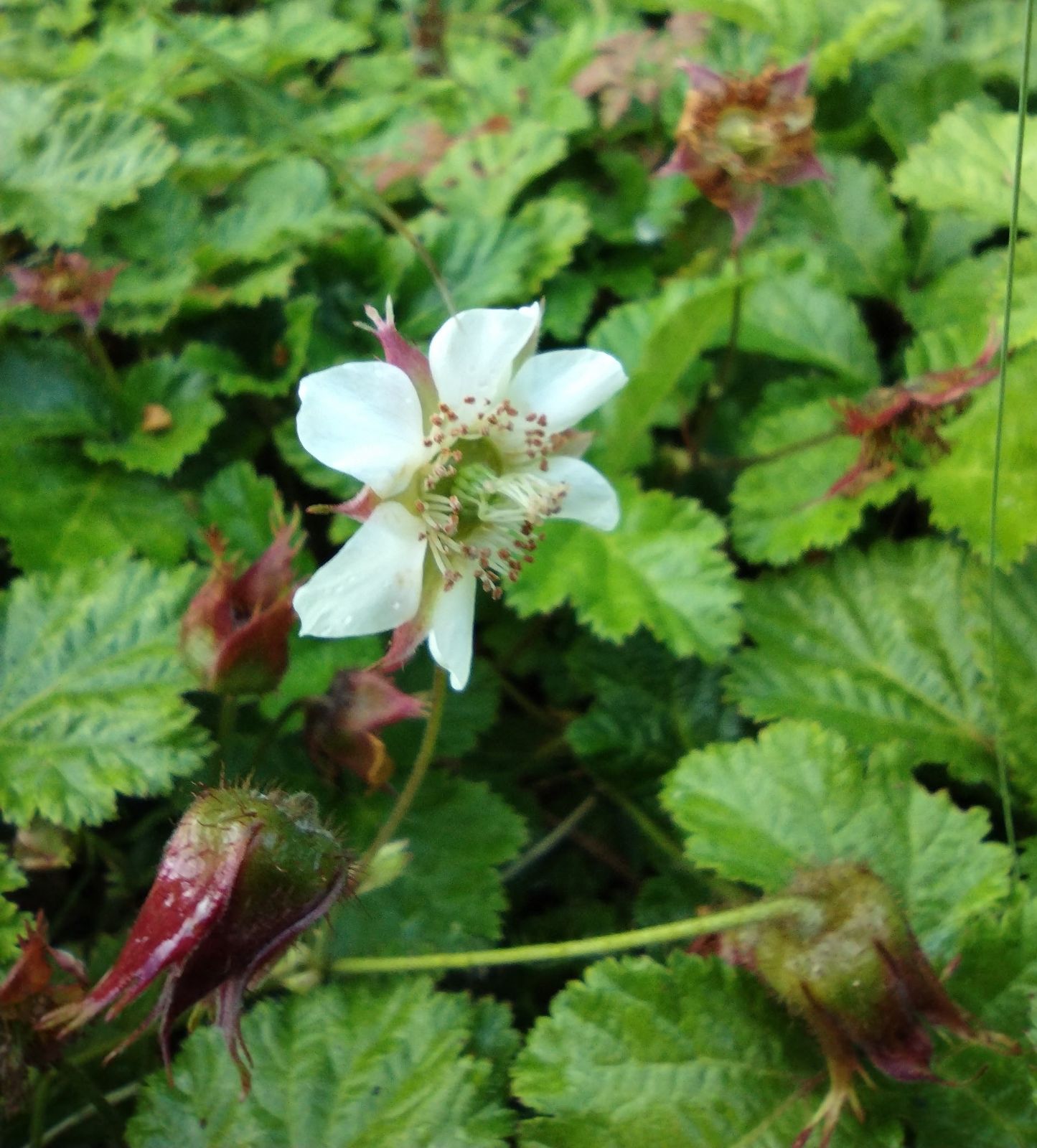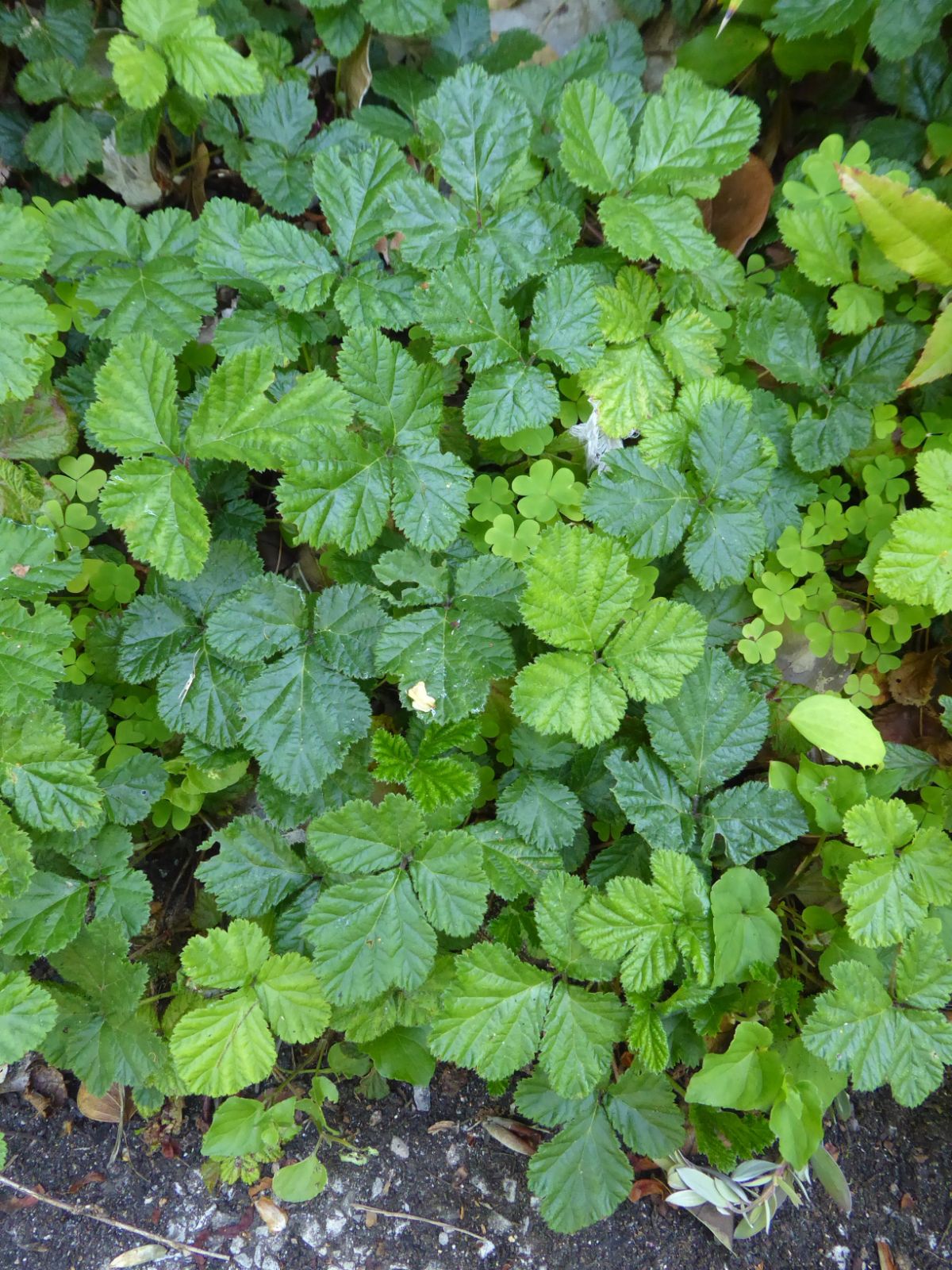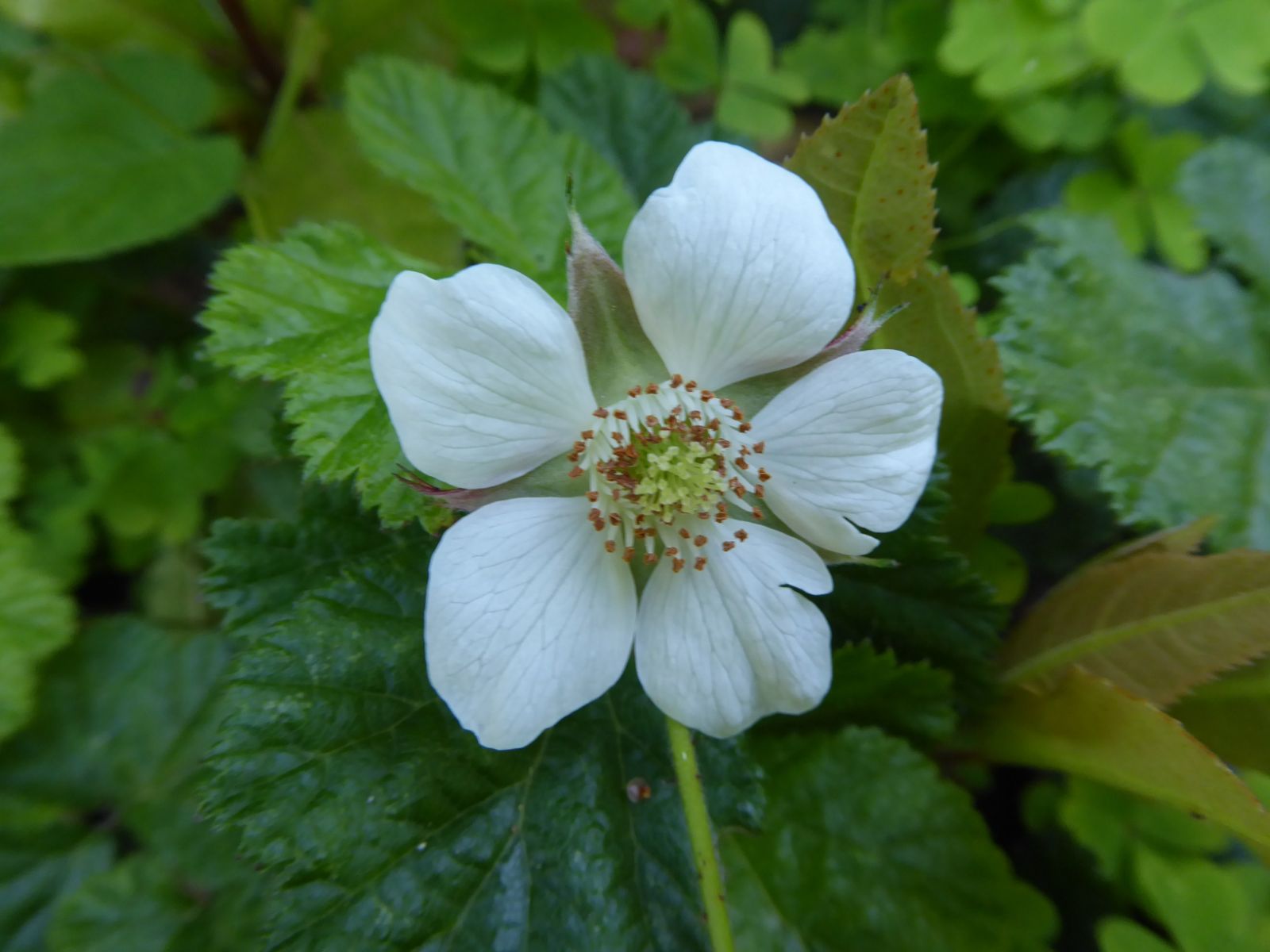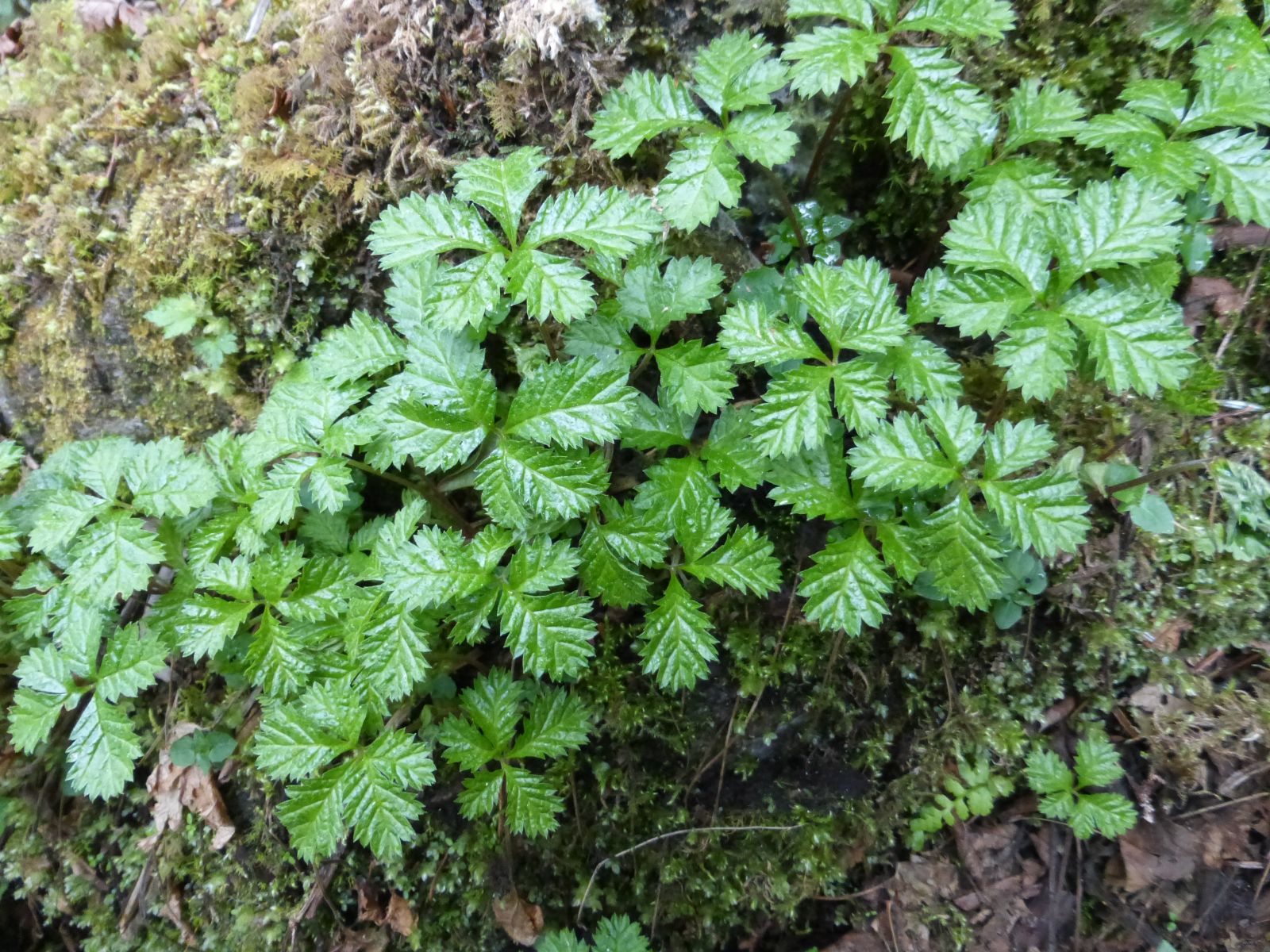Rubus nepalensis
Credits
Article from Bean's Trees and Shrubs Hardy in the British Isles
Recommended citation
'Rubus nepalensis' from the website Trees and Shrubs Online (treesandshrubsonline.
Genus
Synonyms
- R. nutans var. nepalensis Hook. f.
- R. nutans Wall. ex Edgew., not Vest
- R. barbatus Edgew., nom. prov.
- R. barbatus Edgew. ex Rehd., not Fritsch
- R. nutantiflorus Hara
Infraspecifics
Other taxa in genus
- Rubus adenophorus
- Rubus amabilis
- Rubus biflorus
- Rubus caesius
- Rubus calycinoides
- Rubus chroosepalus
- Rubus cissoides
- Rubus cockburnianus
- Rubus corchorifolius
- Rubus coreanus
- Rubus crataegifolius
- Rubus deliciosus
- Rubus flagelliflorus
- Rubus flosculosus
- Rubus henryi
- Rubus hispidus
- Rubus hupehensis
- Rubus ichangensis
- Rubus idaeus
- Rubus illecebrosus
- Rubus irenaeus
- Rubus koehneanus
- Rubus kuntzeanus
- Rubus laciniatus
- Rubus lambertianus
- Rubus lasiostylus
- Rubus lineatus
- Rubus malifolius
- Rubus mesogaeus
- Rubus × nobilis
- Rubus occidentalis
- Rubus odoratus
- Rubus palmatus
- Rubus parkeri
- Rubus parviflorus
- Rubus parvifolius
- Rubus parvus
- Rubus pedunculosus
- Rubus phoenicolasius
- Rubus playfairianus
- Rubus setchuenensis
- Rubus spectabilis
- Rubus subornatus
- Rubus thibetanus
- Rubus trianthus
- Rubus tricolor
- Rubus trifidus
- Rubus ulmifolius
An evergreen, prostrate shrub, rising only a few inches above the ground; the stems creeping, unarmed, but thickly covered with soft purplish bristles and rooting at almost every joint. Leaves trifoliolate, with bristly stalks 11⁄2 to 2 in. long; leaflets glossy green above, bristly on the veins beneath, sharply toothed, the terminal one the largest and from 1 to 21⁄2 in. long, rhomboidal, often rounded at the apex; the side ones half to two-thirds as large, all three very shortly stalked. Stipules toothed or laciniated. Flowers pure white, 11⁄2 in. across, borne in the leaf-axils and at the top of erect, leafy shoots 6 or 8 in. high, each flower on a slender stalk 11⁄2 to 21⁄2 in. long, bristly like the reddish calyx. Bot. Mag., t. 5023.
Native of the Himalaya; cultivated at Kew since the mid-19th century. The cheerful leaves and large flowers render this one of the most pleasing of dwarf Rubi. The plant is rare in gardens, but may be recommended as a low covering for sheltered semi-shaded slopes, etc.
R. nepalensis is a variable species. The plant described above agrees fairly well with the type of R. nutans – a name that has had to be discarded for nomenclatural reasons. Plants agreeing with the type of R. nepalensis, which is smaller in all its parts, are also in cultivation.
From the Supplement (Vol. V)
Recent reintroductions of this species from Nepal are: by the University of North Wales Expedition (B.L. & M. 152); and Schilling 2074.




